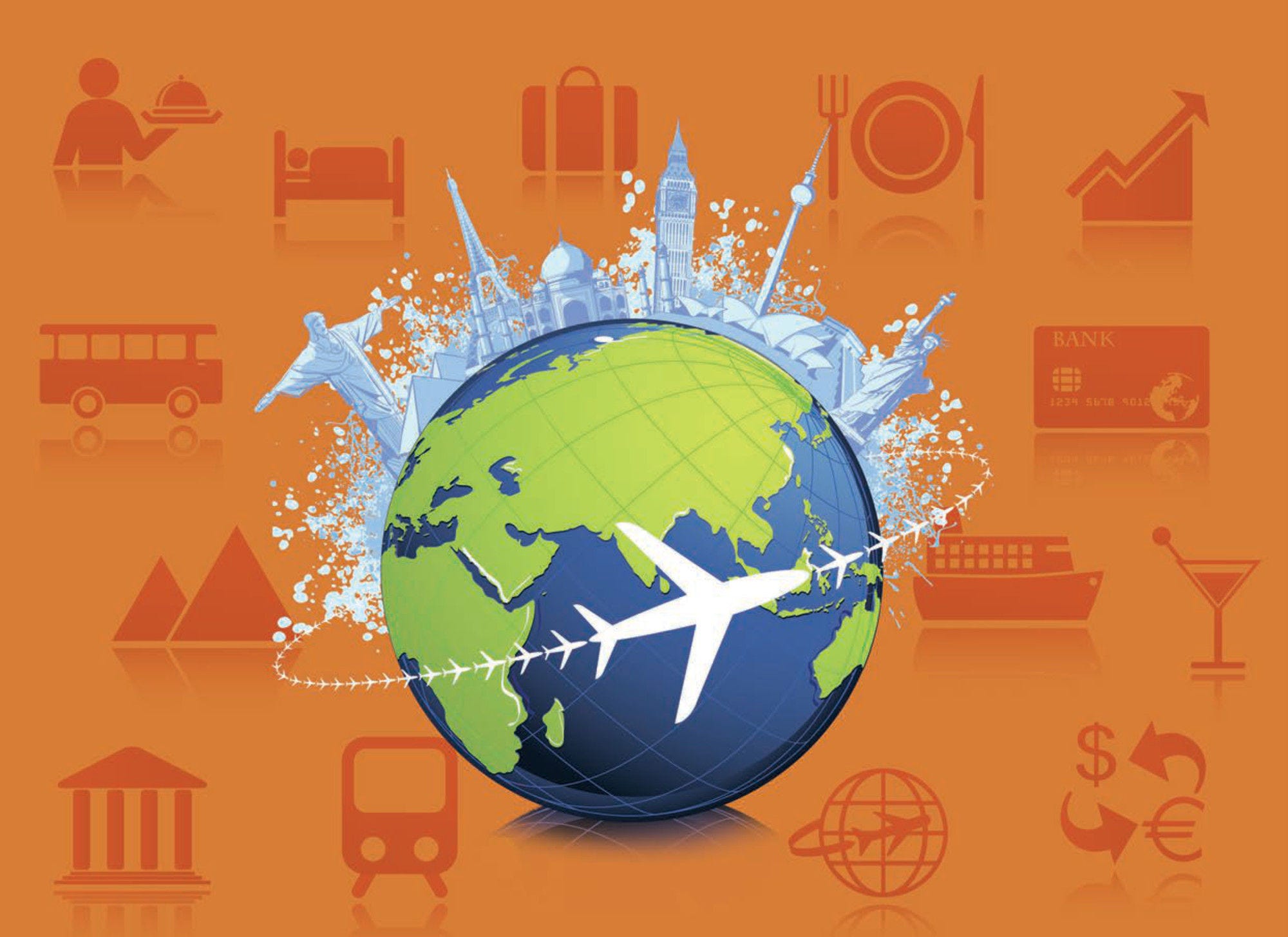The 2018 National Tourism Development Strategy was developed with the support of the World Bank, and is built upon previous related documents, such as the National Tourism Development Master Plan for Romania 2007-26, which was developed in collaboration with the UN World Tourism Organization.
The vision of the National Tourism Development Strategy is for Romania to be a well-known premier, year-round tourism destination by 2030, focussed on unique cultural and natural heritage, and world-class customer service. The Strategy is based on four operational objectives:
Improve the connectivity and quality of tourist infrastructure,
Support the private sector innovation,
Enhance the quality of visitor experiences and services at destinations,
Strengthen tourism policy-making capacity, increase digitalisation and better align marketing mechanisms and campaigns.
Two key priorities are identified in the National Tourism Development Strategy:
Better capturing visitor spending at tourism sites which are insufficiently developed and difficult to access, and improve the consistency and quality of the visitor experience and service across destinations.
Attract higher-value tourists to the country through stronger tourism policies, improved market segmentation and greater visibility of the country in international markets.
Another policy document, the Master Plan for Tourism Investments, takes account of the two sectoral strategies; the National Strategy for Ecotourism Development and the Master Plan for the Development of Balneary Tourism.
The National Strategy for Ecotourism Development is planned for the period 2019-29, and it has the general objective of creating the conditions for ecotourism development in natural protected areas, by developing a network of certified eco-tourist destinations and by creating competitive eco-tourist products for national and international markets. Key areas of focus include the development of institutional and associative organisations, tourist infrastructure and land management, education and awareness raising, human resources development, and private sector and local development.
The Master Plan for the Development of Balneary Tourism, is based on the implementation of an innovative approach and of a public- private partnership, supporting the development of health tourism. It has the final aim of providing an innovative positioning regarding a new green balneary tourism product.
To stimulate business development, in 2018, the Government reduced the VAT rate for tourism services from 9% to 5%. The reduced rate applies to accommodation within the hotel sector, and sectors with a similar function, including land rentals for camping, restaurant and catering services, the use of sports facilities, and access to fairs, amusement parks and recreational parks.
In 2018, the Romanian government launched a travel voucher scheme as an incentive for employees, with the aim of encouraging domestic tourism and tackling seasonality. The travel vouchers, which come in the form of printed tickets or electronic cards, can be used in any Romanian destination for accommodation, transport, spas and wellness services, food and beverages, and entertainment.
Tourist packages purchased with travel vouchers must include at least one overnight stay in any affiliated accommodation unit certified by the ministry. The vouchers are valid for a period of one year from the date of issue, and can hold a maximum value of the equivalent of EUR 300 per employee. The travel voucher policy has been a success so far, contributing to increasing domestic tourism and the scheme is planned to continue into the future.

